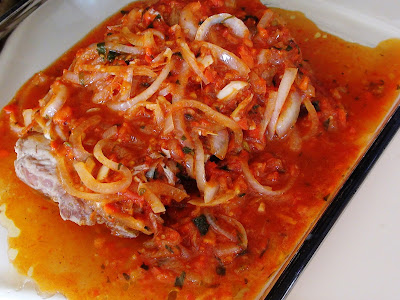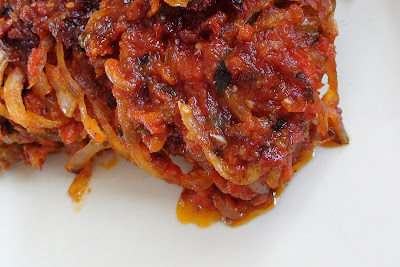This is a simple and fast way to
candy a small batch of nuts. Most nuts will take only 5 minutes in the fry pan, larger nuts such
as hazelnuts up to 8 minutes. For larger amounts check out my Candied Almonds.
Nut Facts:
Walnuts selected for in-shell sale are fumigated or heat
treated to kill insects in storage. The in-shell nuts are then bleached using a
dilute solution of bleach.
Shelled walnuts are not bleached. However they may be
treated with an anti-oxidant to preserve them in storage.
Recommendation: buy organic, in-shell or organic, shelled.
Besides buying organic there is
one more requirement: freshness. Stores sell nuts way past their prime. Buying nuts
in the shell does not ensure freshness. Beware especially of prepackaged shelled
nuts, they are expensive and can contain taste altering preservatives. Purchase
shelled nuts from stores that have high turnover of stock. Otherwise stick to
the gourmet specialty store and pay the inflated price. Or plant a tree. We
did. While I cook, Jim oftentimes sits at the table shelling walnuts. He packs them in sturdy plastic containers, labels and dates them and
takes them down to the freezer.
About a week before Christmas,
after the stores have rid themselves of the old stock, that is when the fresh nuts
appear. Besides tasting, there are visual signs to look for; discoloration and
worn edges that suggest rancidity. It is especially easy to see it in walnuts and
sliced almonds. Rancid nuts are toxic and roasting or baking with them may mask
the rancidity somewhat, but will not rid them of the toxicity or carcinogenic
properties. Rancid nuts smell bad and look discolored. Rancidity is
fat gone stale. If I end up with less than perfect quality nuts, I take them
back to the store right of way. Shelled nuts from bulk bins should not be kept in the cupboard. Pack them first in freezer bags, and put them in the freezer. The thin plastic bag they came in is no protection from freezer burn.
CANDIED NUTS
2 cups of shelled nuts
1/8 cup butter
1/4 cup sugar
salt to taste
- Line a large tray with parchment paper.
- Place a heavy fry pan on medium heat. [Don’t use your non stick skillet for this]
- Add all the ingredients to the fry pan.
- Set the timer for 5 minutes, [8 minutes for hazelnuts].
- As the butter and the sugar melts, start stirring with a wooden spoon.
- Continue stirring until the timer goes off.
- Immediately transfer nuts to the prepared tray. Don’t worry if they stick together.
- Once the nuts cool down to room temperature it will be easy to break them apart.
- Pack the candied nuts into a lidded container and store them in the fridge.



























